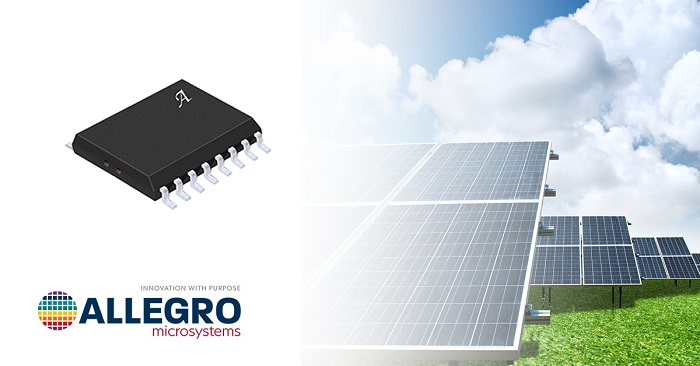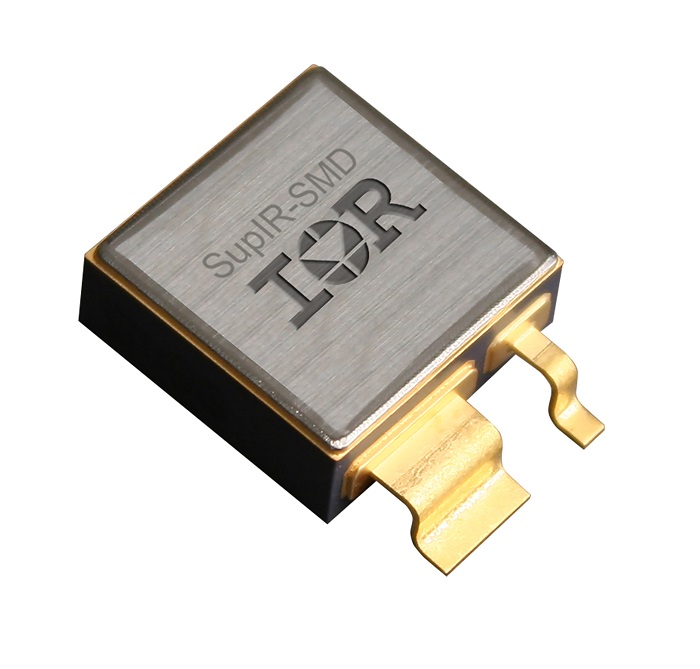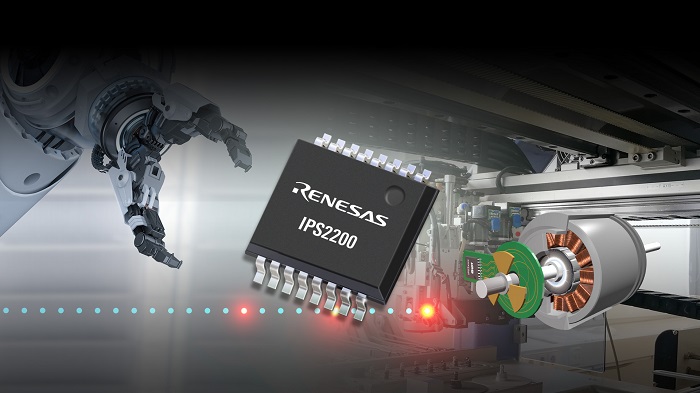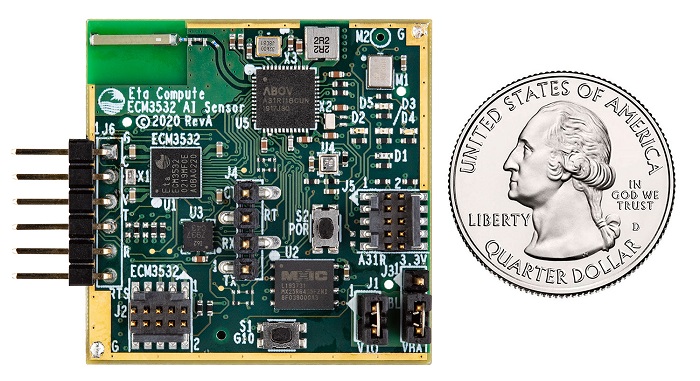Allegro MicroSystems has launched its ACS37002 family of advanced Hall-effect current sensors that offers a 400-kHz sensing bandwidth up to 180 A with low offset and better than 1% typical total accuracy over the full −40°C to 150°C automotive temperature range. The high-speed operation enables higher switching frequencies and thus the design of SiC and GaN switching platforms that improve efficiency.
“Faster switching improves efficiency in most power conversion applications, which is possible with the increasing adoption of SiC and GaN switches,” said Allegro. The company created the ACS37002 to address this need by maximizing the speed of the Hall plates.
A higher-speed current sensor with high accuracy and DC stability allows for tighter control of the motor or power converter control loop, which improves the overall efficiency of the system, added Allegro, and by enabling faster switching, the ACS37002 also helps designers to reduce overall system size.
The device also uses differential sensing for high immunity to external magnetic field disturbances and is available in three surface-mount package (SOICW-16) options: the LA package (optimized for higher sensitivity and low noise), MA package (high isolation of 4.8 kVrms), and MC package (best-in-class conductor resistance of 0.27 µW and highest isolation rating of 5 kVrms where ultra-low-power loss is needed).
The current sensors are suitable for green energy industrial and electric vehicle applications, including solar power inverters, on-board charger power factor correction, DC/DC converter loop control, and xEV high-voltage inverters.
The ACS37002 family offers a plug-and-play feature from Allegro’s factory programming that allows designers to achieve a faster time to market. The ACS37002 integrates features such as fast overcurrent fault-detection function for system reliability, reference output for accuracy in noisy environments, and four-pin selectable sensitivity settings in a single component, which can reduce inventory part numbers on platform products.




